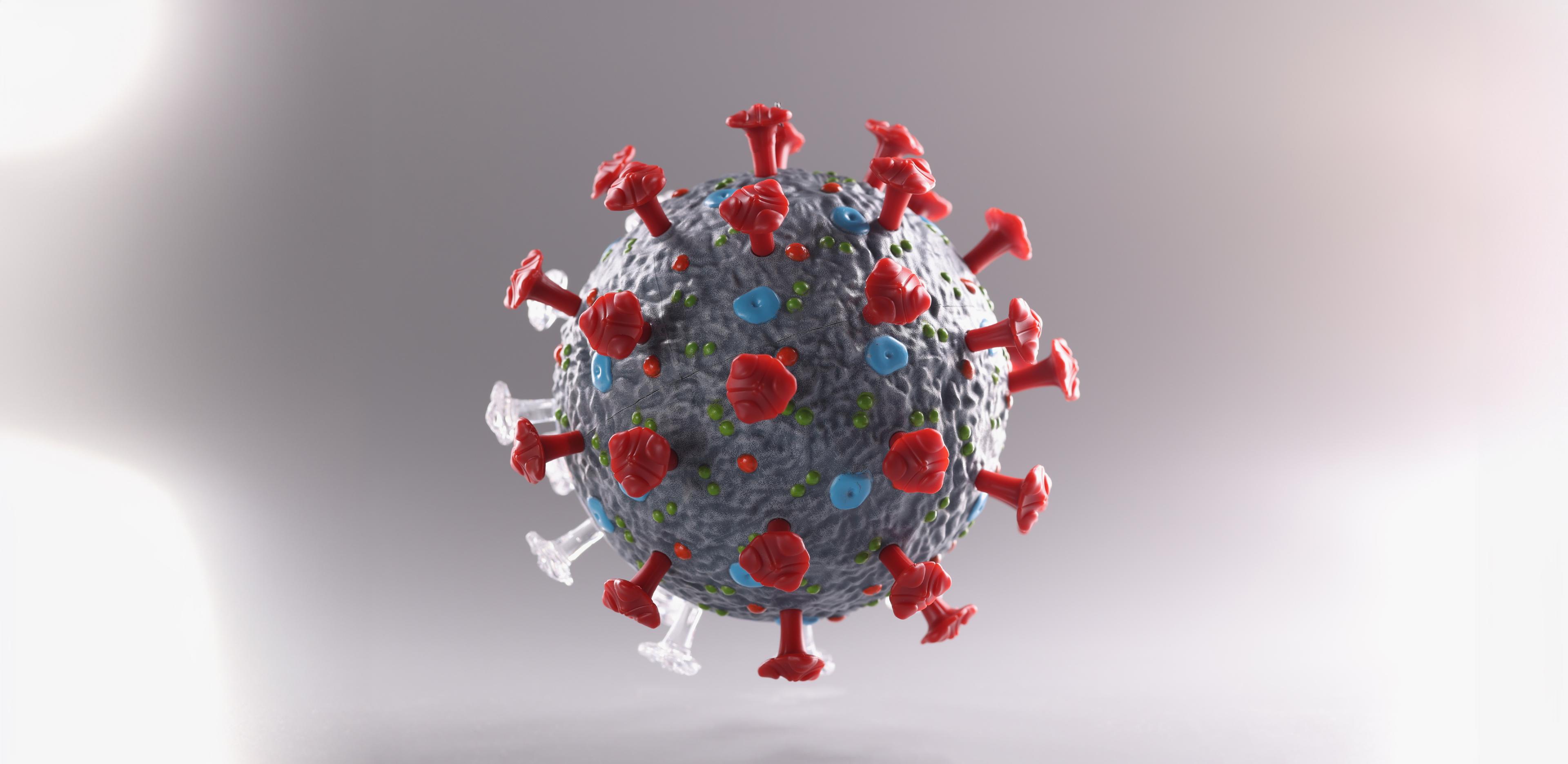Is Another Wave Coming?
New COVID Variant NB.1.8.1 Detected in U.S. After China Hospital Surge
A new, highly transmissible COVID-19 variant, NB.1.8.1, detected in the U.S. after causing a hospitalization surge in China, is raising concerns among health officials. While showing no signs of increased severity, its spread prompts close monitoring as vaccine updates are planned.

A highly transmissible COVID-19 variant, NB.1.8.1, first linked to a sharp rise in hospitalizations in China, has now been detected across multiple U.S. states, prompting heightened vigilance among health authorities. The Centers for Disease Control and Prevention (CDC) confirmed cases in New York, California, Washington, Virginia, Ohio, Rhode Island, and Hawaii, primarily among international travelers from countries including China, Japan, South Korea, Taiwan, Vietnam, Thailand, France, the Netherlands, and Spain. Initially identified in the U.S. in March 2025 through airport screening programs, the variant is now showing signs of community spread, with fewer than 20 sequences reported as of May 27, 2025, according to USA Today. Despite its presence, the CDC notes that nationwide COVID-19 cases remain low, with a 12% drop in positive tests and no corresponding hospitalization surge observed domestically.
In China, NB.1.8.1, a descendant of the XDV lineage, has driven a significant increase in severe cases, with the proportion of critically ill respiratory patients in hospitals rising from 3.3% to 6.3% over the past month. Emergency room visits testing positive for COVID-19 have surged from 7.5% to 16.2%, per CBS News. Hong Kong reported a 12-month peak in hospitalizations, with 81 severe cases and 30 deaths, leading to renewed mask mandates for public transport and crowded spaces. Taiwan saw a 78% spike in hospital admissions, prompting stockpiling of vaccines and antivirals.
The World Health Organization (WHO) has designated NB.1.8.1 a Variant Under Monitoring, stated that it shows no evidence of increased severity compared to other Omicron subvariants. Symptoms align with prior strains, including cough, sore throat, runny nose, mild fever, gastrointestinal issues, headaches, fatigue, and occasionally sleep disturbances or anxiety. Its higher transmissibility stems from enhanced cell-binding capabilities, though it does not significantly evade vaccine-induced immunity.
The FDA’s Vaccines and Related Biological Products Advisory Committee, recommended that 2025-2026 COVID-19 vaccines target the JN.1 lineage, specifically the LP.8.1 strain, which dominates U.S. cases at 70%. Moderna’s Darin Edwards confirmed that LP.8.1-based vaccines cross-neutralize NB.1.8.1, ensuring continued protection. However, under new leadership from HHS Secretary Robert F. Kennedy Jr., the FDA plans to restrict booster access to seniors and those with comorbidities, requiring new clinical trials for broader approvals, raising concerns about coverage against emerging variants.
Experts, including Dr. Amy Edwards of Case Western Reserve University, emphasize that NB.1.8.1’s hospitalization surge in Asia reflects a seasonal pattern rather than increased severity. The CDC advises vaccination, hand hygiene, and masking in crowded settings to curb spread. “Current vaccines remain effective against NB.1.8.1,” a CDC spokesperson told Fox News, urging calm but continued monitoring.